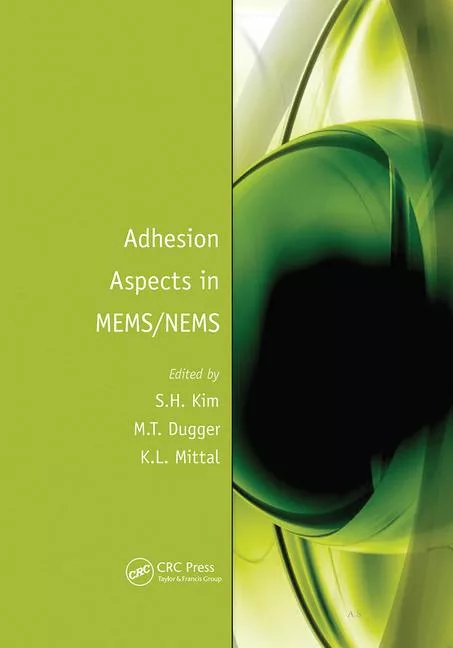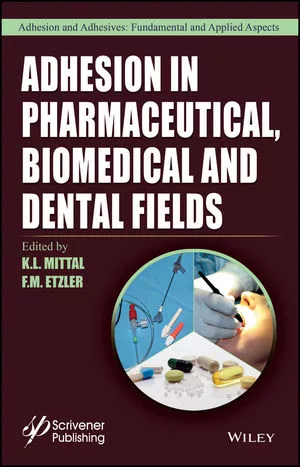Something Big to Understand Something Small: Learning More about Gecko Adhesion
Scientists already understood the mechanics of adhesion in gecko feet, but two academic papers published this year give a clearer picture of the molecular structures that create it.

Innovation comes from many places. From the vantage point of a scientist or engineer, nature provides many examples to emulate. From my vantage point of presenting such examples in a magazine, it certainly helps when they are as charming as gecko feet, a source of fascination to nature lovers and pet owners everywhere. To add to that fascination, how about looking at those feet through a microscope illuminated by a half-mile-long particle accelerator? In this issue of ASI, we cover both the formulation of adhesives and sealants and the equipment for testing and analyzing them. A recent story out of the National Institute of Standards and Technology (NIST) demonstrates how these two topics ali, using very large technology to understand something quite small.
Geckos have inspired many products, including adhesive tapes. Scientists already understood the mechanics of adhesion in gecko feet, but two academic papers published this year give a clearer picture of the molecular structures that create it. The adhesion comes from millions of microscopic, hair-like structures on gecko toes, called setae. Now, scientists have zoomed in and found that they are coated in an ultra-thin film of water-repelling lipid molecules only one nanometer thick.
Researchers from NIST analyzed the surface of the setae using high-energy X-rays thrown off by a particle accelerator known as a synchrotron. The synchrotron microscope showed that the lipid molecules line the surface of the setae in dense, orderly arrays. Setae provide sticking power because they are flexible and assume the microscopic contours of whatever surface the gecko is climbing. Even smaller structures at the ends of the setae, called spatulae, make such close contact with the climbing surface that electrons in both materials interact, creating van der Waals forces. To release its foot, which might otherwise stay stuck, the gecko changes the angle of the setae, interrupting those forces and allowing the animal to take its next step.
Lipids can play a role in this process due to their hydrophobic nature. “The lipids might function to push away any water beneath the spatulae, allowing them to make closer contact with the surface,” said physicist and co-author of a paper on the subject Tobias Weidner of Aarhus University in Denmark. “This would help geckos maintain their grip on wet surfaces.”
The setae and spatulae are made of a type of keratin protein similar to that found in human hair and fingernails. They are extremely delicate. The researchers showed that the keratin fibers are aligned in the direction of the setae, which might help them resist abrasion. The NIST synchrotron microscope that the researchers used to analyze the setae is unique in its ability to identify molecules on the surface of a three-dimensional object, measure their orientation, and map their position. It is located at the U.S. Department of Energy’s Brookhaven National Laboratory, where the National Synchrotron Light Source II, a half-mile-long particle accelerator, provides a source of high-energy X-rays for illumination.
While no particle accelerators are involved, I am quite excited about some of the new information presented in this issue of ASI. We have an article by Avery Dennison on uses of pressure-sensitive adhesive tapes in automotive applications, an article outlining new technology from XlynX Materials that facilitates the bonding of low-surface-energy plastics, and an article by Novagard that explains steps to take when choosing the correct silicone sealant. We also have information about the upcoming Assembly Show and ASC’s 2022 Executive Leadership Conference. Happy reading! And please reach out to me at parkerk@bnpmedia.com if you have new technology you would like me to share.
Looking for a reprint of this article?
From high-res PDFs to custom plaques, order your copy today!






